Wild Betta Fish Nature's Aquatic Wonders
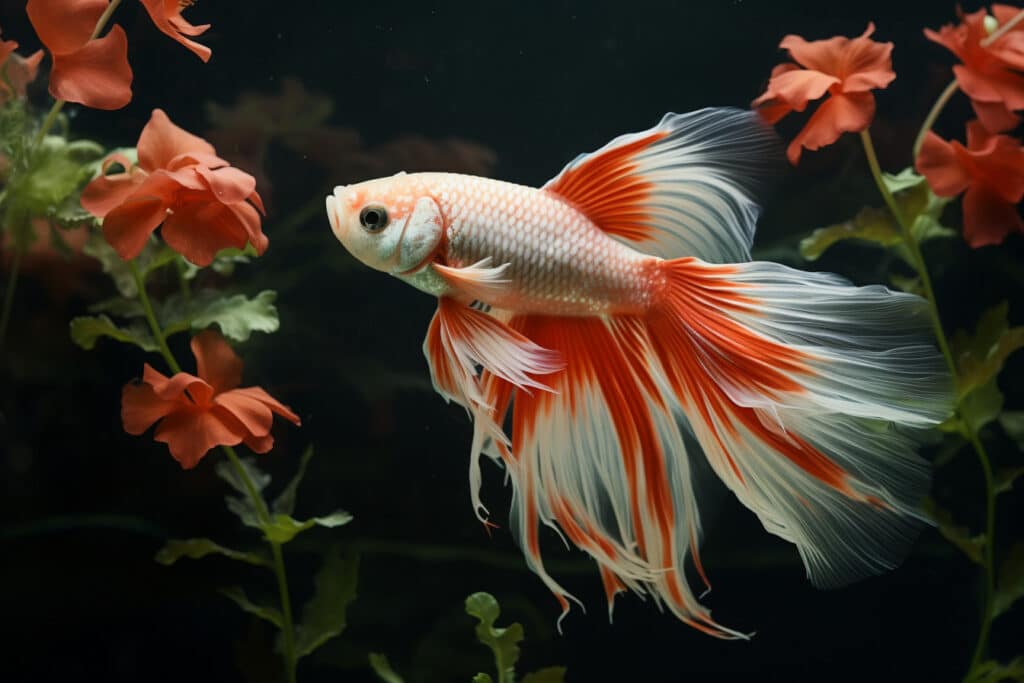
Calling all adventure seekers and aquatic enthusiasts! Get ready to dive into the fascinating world of wild betta fish.
These captivating creatures are the untamed beauties of the fish kingdom, boasting vibrant colors and unique personalities that will leave you awe-struck.
In this blog post, we’ll embark on a thrilling journey to explore the mesmerizing realm of wild bettas, from their natural habitats to their remarkable adaptations. So grab your snorkel and prepare to be amazed as we uncover the secrets of these untamed aquatic wonders. Let’s dive in and discover the untamed side of betta fish!
Table of Contents 🦑
Where Does the Siamese Fighting Fish Come From?
The Siamese fighting fish, scientifically known as Betta splendens, is a very prized fish, that originates from the tropical regions of Southeast Asia. Specifically, they are native to Thailand (formerly known as Siam), from which they derive their common name.
The species is indigenous to various parts of Thailand, including river basins, floodplains, and rice paddies. Siamese fighting fish have been selectively bred for their vibrant colors and elaborate finnage, resulting in the wide array of color morphs and tail types seen in the aquarium trade today. While they are now distributed and bred worldwide, their origins trace back to the freshwater habitats of Thailand.
What Fish Are Found With Bettas in the Wild?
In the wild, bettas (Betta splendens) can be found inhabiting various freshwater ecosystems in Southeast Asia. While they are known for their territorial nature, there are several fish species that can coexist with bettas in their natural habitats. Some examples include:
Rasboras (e.g., Harlequin Rasbora, Mosquito Rasbora): These small, peaceful schooling fish are often found swimming alongside bettas in calm, These bottom-dwelling catfish species, such as the Pygmy Corydoras, can coexist peacefully with bettas. They are known for their small size, gentle nature, and preference for similar water conditions.
Kuhli Loaches: These eel-like, nocturnal fish can be found in the same habitats as bettas. They are known for their unique appearance and peaceful temperament.
Small Tetras (e.g., Neon Tetra, Ember Tetra): These schooling fish can be found in similar environments to bettas, such as slow-moving streams and flooded areas. They add color and activity to the aquarium while generally coexisting peacefully.
It’s important to note that while these species can be compatible with bettas in the wild, introducing tankmates to domestic bettas requires careful consideration. Each betta has its own temperament, and compatibility with other fish may vary. It’s essential to provide adequate space, and hiding spots, and monitor behavior when considering tankmates for bettas in captivity.
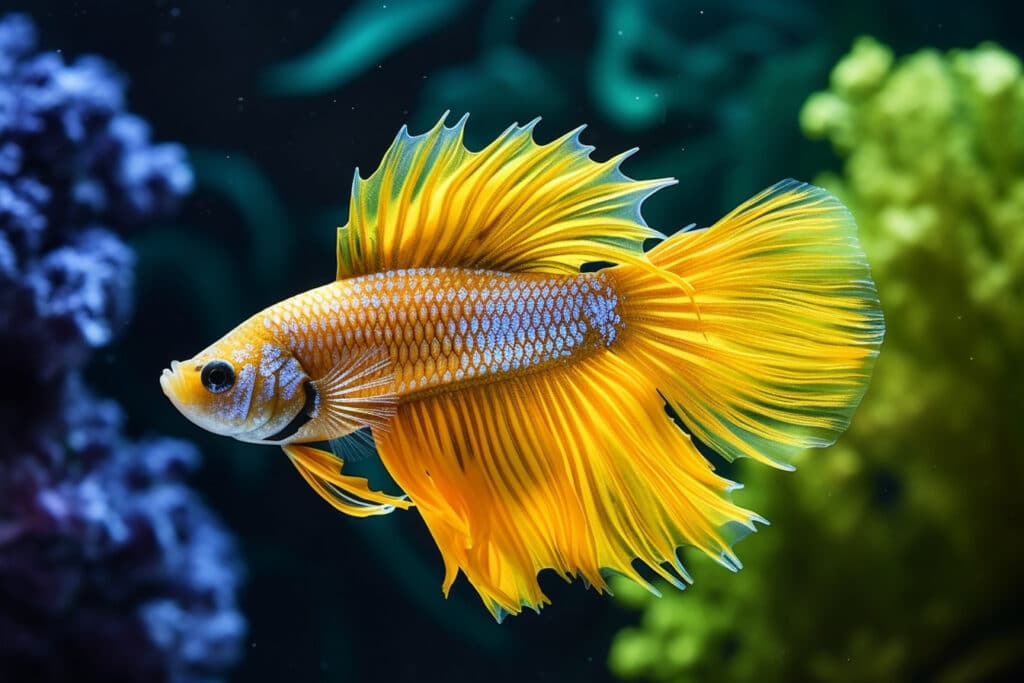
Wild Betta species
Each species has its own unique coloration, fin shape, and behavioral traits, making them captivating subjects for fish enthusiasts. From the vibrant hues and flowing fins of Betta splendens to the emerald greens of Betta smaragdina, these wild bettas showcase a spectrum of natural beauty.
They exhibit territorial behavior, with males fiercely defending their territories and engaging in elaborate courtship displays to attract females. While some species are more aggressive, others have a peaceful betta temperament, allowing for community setups under the right conditions.
Betta Splendens (Siamese Fighting Fish):
Wild betta splendens, also known as the Siamese fighting fish, is one of the most well-known betta species. They exhibit vibrant colors, long-flowing fins, and aggressive natures. Selective breeding has resulted in a wide array of color variations, making them popular in the aquarium trade.
Betta Imbellis (Crescent Betta):
Betta imbellis, commonly known as the crescent betta, displays a more subdued coloration compared to other betta species. They possess elegant fins with subtle patterns and are known for their peaceful betta temperament, making them suitable for community aquariums.
Betta Smaragdina (Emerald Betta):
Betta smaragdina, or the emerald betta, captivates with its stunning emerald green body and intricate markings. Males exhibit striking colors and elaborate finnage, while females showcase more subtle beauty. They prefer densely planted habitats and are known for their peaceful nature.
Betta Mahachaiensis (Mahachai Betta):
Betta mahachaiensis, native to Thailand’s Mahachai region, features beautiful shades of blue and green with vibrant red accents. They are a smaller-sized betta species and are well-suited for smaller aquariums. They prefer densely planted tanks and thrive in calm, well-maintained waters.
Betta Abimarginata (White Margined Betta):
Betta albimarginata stands out with its white-edged fins and iridescent body coloration. Males exhibit a mesmerizing display when courting females, extending their fins and showcasing intricate patterns. They are known for their territorial nature and prefer habitats with ample hiding spots.
Betta Macrostoma (Giant Betta):
Betta macrostoma, also known as the giant betta, is revered for its impressive size and striking appearance. Males feature bold coloration, broad heads, and elongated fins. They require larger tanks and specialized care due to their size and specific environmental needs.
Betta Hendra:
Betta hendra is a captivating and rare gourami species that enchants its peaceful nature and stunning beauty. With vibrant colors and a touch of mystery, Betta Hendra brings a sense of magic to any aquarium.
Its presence adds an extraordinary allure and a sense of wonder to aquatic enthusiasts. Betta Hendra is a true gem, captivating hearts with its captivating character and captivating beauty.
Betta Pugnax (Penang Betta):
Betta Pugnax, native to the island of Penang in Malaysia, showcases a captivating combination of vibrant colors and intricate patterns.
Males possess elongated fin extensions, creating an eye-catching display during courtship. They require clean, well-oxygenated water and prefer densely planted tanks.
Each of these wild betta species offers a unique charm and beauty, captivating fish enthusiasts with their stunning colors, elaborate finnage, and distinctive behavior. Exploring the diversity within the world of wild bettas allows for a deeper appreciation of the natural wonders found within this remarkable genus.
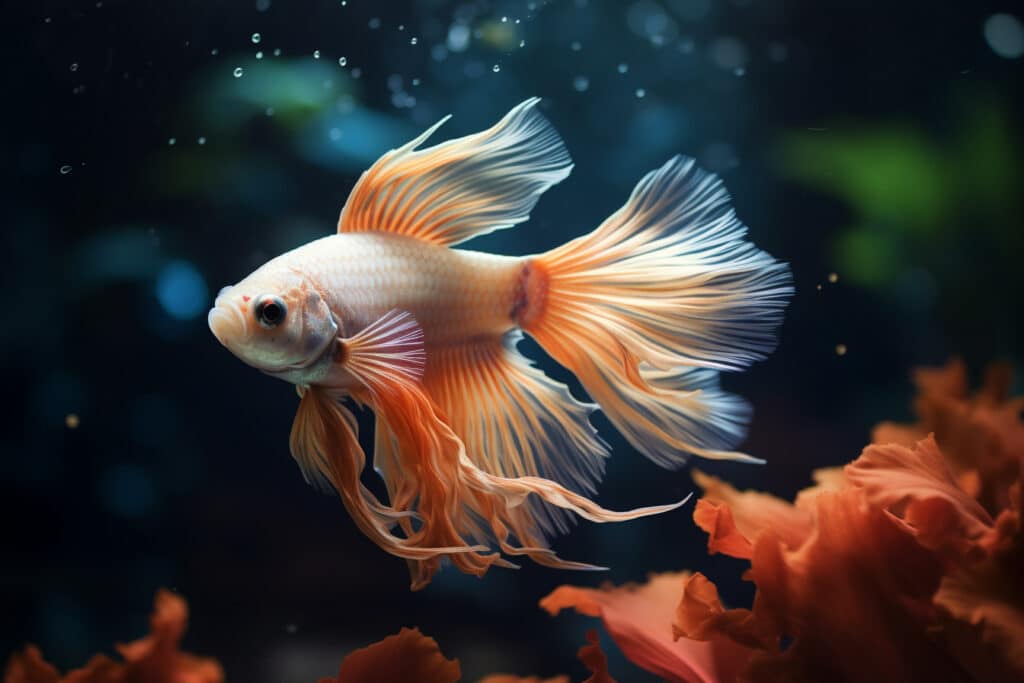
Differences Between Wild Betta Fish and Hobby Betta Fish
The difference between wild betta fish and hobby betta fish lies in their origin, breeding history, and characteristics:
Origin: Wild betta fish (e.g., Betta splendens) are native to specific regions in Southeast Asia, where they naturally occur in the wild. Hobby betta fish, on the other hand, are domesticated strains that have been selectively bred over generations for specific traits, such as color, finnage, and pattern variations.
Breeding History: Wild bettas have not undergone extensive selective breeding and largely retain their natural characteristics and coloration. Hobby bettas, on the other hand, have been selectively bred by fish breeders to produce specific physical traits and color variations, resulting in the wide array of strains and morphs available in the aquarium trade.
Physical Characteristics: Wild bettas typically exhibit more subdued coloration and simpler finnage compared to hobby bettas. They often have a more natural appearance, with colors and patterns that blend well with their native habitats. Hobby bettas, on the other hand, showcase vibrant and diverse colors, intricate finnage, and patterns that have been selectively bred for aesthetic appeal.
Temperament: Wild bettas tend to exhibit more natural behaviors and can be more aggressive, especially during breeding and territorial disputes. Hobby bettas have been bred to reduce aggression levels, making them more suitable for community aquariums under the right conditions.
Availability: Wild bettas are less commonly available in the aquarium trade compared to hobby bettas. Hobby bettas are widely bred and readily available in pet stores and from breeders, with a wide variety of strains and morphs to choose from.
It’s important to note that hobby bettas are descendants of wild betta species, and responsible breeders prioritize the health and well-being of their fish. Both wild bettas and hobby bettas have their own unique beauty and charm, catering to different preferences within the aquarium hobby.
What Are the Betta Fish's Natural Predators?
In the wild, betta fish face a range of natural predators that pose a threat to their survival. Some common predators of bettas include:
Fish Predators: Larger fish species, both predatory and opportunistic, can prey upon bettas. Fish such as larger cichlids, snakeheads, and certain catfish species may see bettas as a potential food source.
Birds: Various bird species that feed on small fish, insects, and aquatic organisms can also prey upon bettas. Herons, kingfishers, and birds of prey may target bettas if they are within their hunting range.
Amphibians and Reptiles: Some amphibians and reptiles, particularly those that inhabit the same freshwater ecosystems as bettas, may prey upon them. This includes species such as frogs, toads, snakes, and even some turtles.
Invertebrates: Larger predatory invertebrates like crayfish, certain species of shrimp, and other aquatic crustaceans can pose a threat to bettas, especially when they are vulnerable during the breeding or fry-rearing process.
It’s worth noting that bettas have evolved certain behaviors and adaptations to minimize predation risks, such as their ability to retreat into dense vegetation, their territorial behavior to deter potential predators, and their vibrant coloration as a warning signal to potential threats. However, despite these defenses, predation remains a natural and significant factor in the lives of wild betta fish.
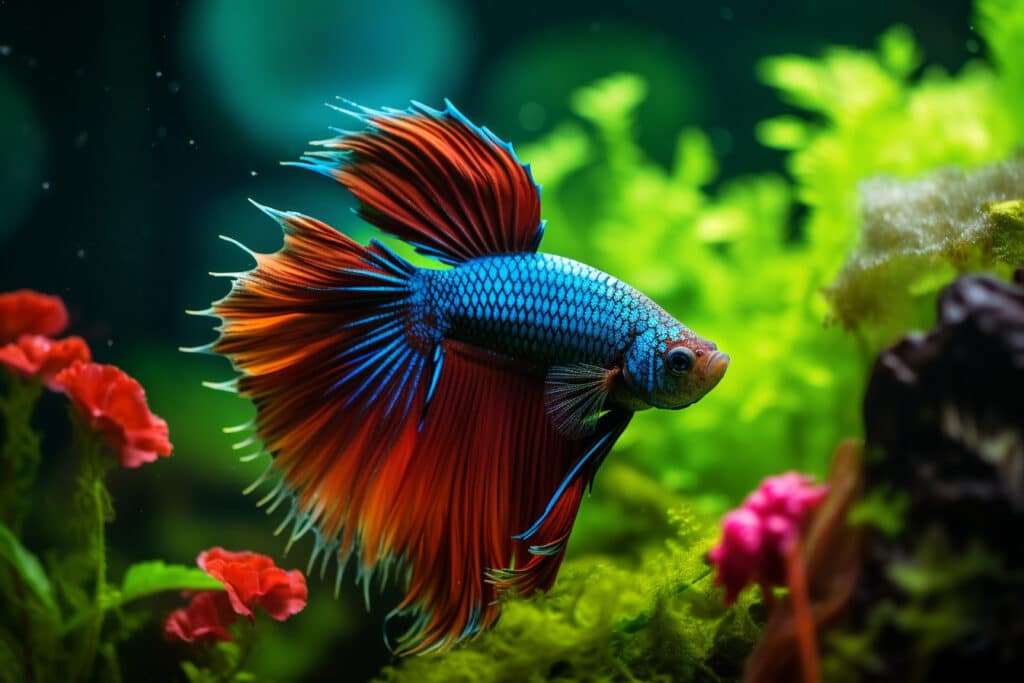
How Long do Betta Fish Live in The Wild?
In the wild, the lifespan of betta fish can vary depending on various factors such as species, habitat conditions, predation risks, and availability of food sources.
On average, wild betta fish tend to live for around 2 to 3 years in their natural habitats. However, it’s important to note that this is a general estimate, and individual bettas may experience shorter or longer lifespans based on their specific circumstances.
Some wild bettas may have a shorter lifespan due to predation by other fish, birds, or larger aquatic creatures, as well as the challenges of finding sufficient food sources and suitable breeding opportunities. Additionally, factors like water quality, habitat changes, and competition for resources can influence the lifespan of wild bettas.
It’s worth mentioning that bettas in captivity when provided with proper care, suitable habitat conditions, and a balanced diet, can often live longer than their wild counterparts.
Well-maintained aquariums with regular water changes, appropriate nutrition, and a stress-free environment can contribute to the overall health and longevity of captive betta fish. With good care, a healthy betta in captivity can live between 3 to 5 years and sometimes even longer.
Can Wild Betta Fish Live Together?
Wild betta fish, like many other betta species, have a natural inclination towards territorial behavior and aggression, particularly among male bettas. In the wild, male bettas establish and fiercely defend their territories, which can lead to conflicts and aggressive encounters with other males.
Therefore, it is generally not recommended to keep multiple male wild bettas together in the same aquarium.
However, in certain circumstances, it is possible to keep multiple wild bettas in a community setting with careful consideration and proper tank setup. Here are some guidelines to follow:
Tank Size and Setup: Provide a spacious aquarium with ample hiding spots, plants, and visual barriers to create separate territories and minimize aggression. Each betta should have sufficient space to establish its own territory.
Gender Consideration: Keeping a group of female wild bettas, known as a sorority, can be a viable option. Female bettas tend to be less aggressive and can coexist peacefully if introduced properly and provided with appropriate space and resources.
Tank Mates Selection: Carefully choose compatible tank mates that are peaceful, non-aggressive, and have similar water requirements. Small schooling fish like rasboras or peaceful bottom-dwellers like Corydoras Catfish can sometimes coexist with wild bettas. However, individual temperaments can vary, so careful monitoring is essential.
Monitoring and Observation: Regularly observe the behavior of the bettas and tank mates to ensure they are not exhibiting signs of stress, aggression, or harassment. If any issues arise, it may be necessary to separate individuals to prevent injury.
It’s important to note that keeping multiple bettas together, even with proper precautions, carries inherent risks and should only be attempted by experienced aquarists.
Individual betta fish can have varying temperaments, and success in maintaining a peaceful community largely depends on the specific personalities and behaviors of the fish involved.
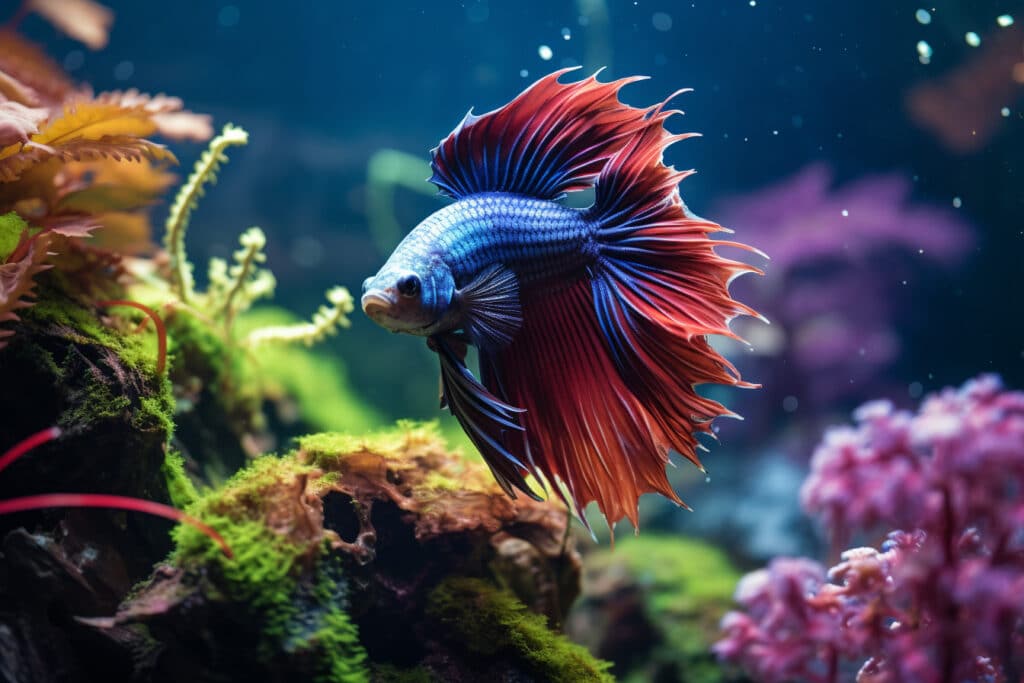
In Conclusion: A Celebration Of Wild Betta Fish
As we reach the end of our exploration into the captivating world of wild betta fish, we are left in awe of their extraordinary beauty, diverse characteristics, and captivating behaviors.
From the vivid colors that grace their scales to the intricate finnage that mesmerizes us, these remarkable fish have a way of enchanting our hearts and igniting our passion for the aquatic realm.
Through our journey, we have gained a deeper appreciation for the delicate balance of nature and the importance of preserving the habitats that these magnificent creatures call home.
Thank You for Joining Us on this Aquatic Adventure

Delighted to have you here at BettaReef! This place is a treasure trove of knowledge about Betta fish, Betta Care, Health, Gear, and much more from the wonders of aquatic life. My journey in this fascinating world began when I was just 8, and now, as a seasoned hobbyist, I’m here to help fellow Betta enthusiasts create a thriving Betta environment for a healthy life.
I’m committed to delivering high-quality content, backed by a stringent editorial process. Each product review is based on real-life usage and practical analysis, ensuring that you get insights and advice that truly matter.
Related Blog Posts:
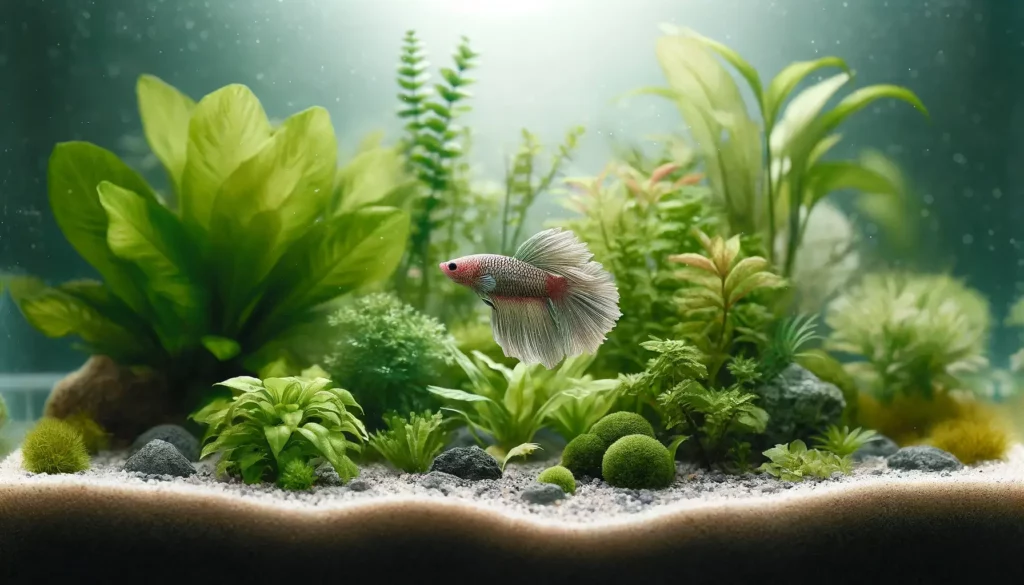
Top 5 Best Gravel For Betta Fish
Top 5 Best Gravel For Betta Fish Find the best gravel for betta fish with
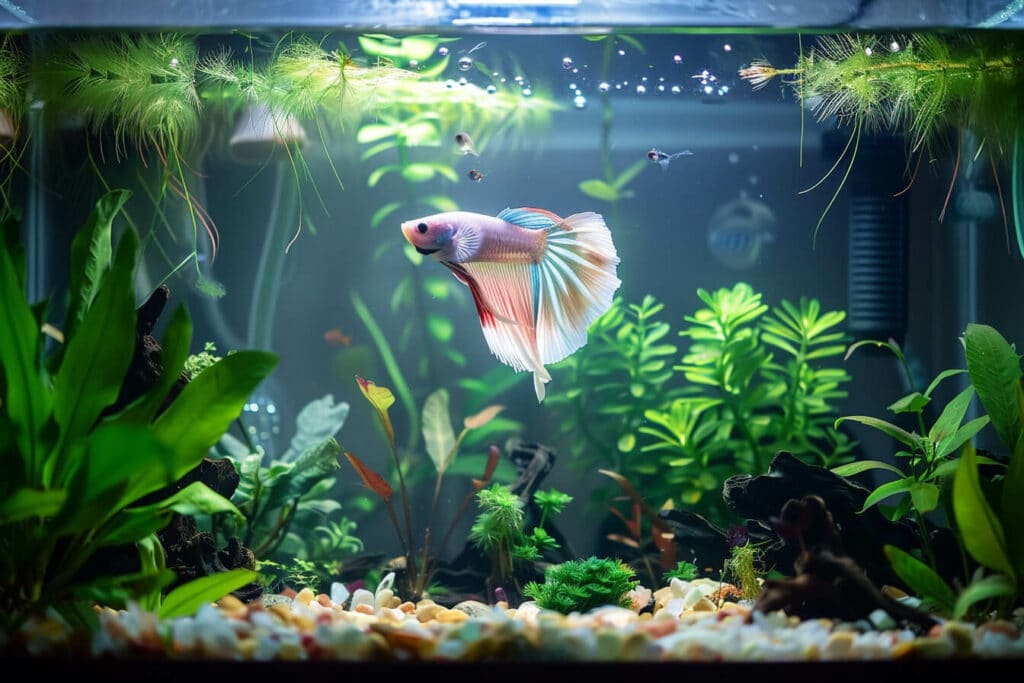
The Best Nitrate Tester Kit for Betta Fish
The Best Nitrate Tester Kit for Betta Fish When diving into the world of betta

The Best Ammonia Tester For Fish Tank
The Best Ammonia Tester For Fish Tank An ammonia tester for fish tank is a
